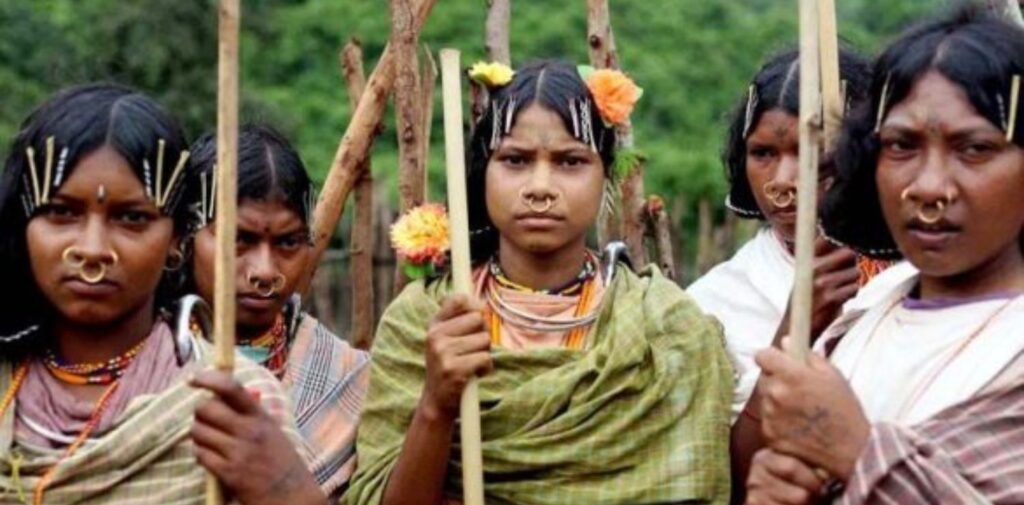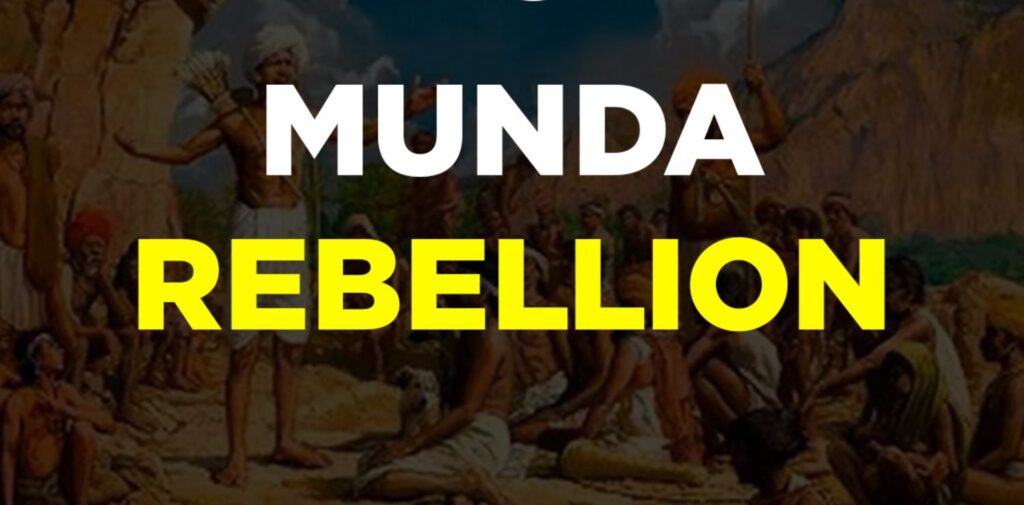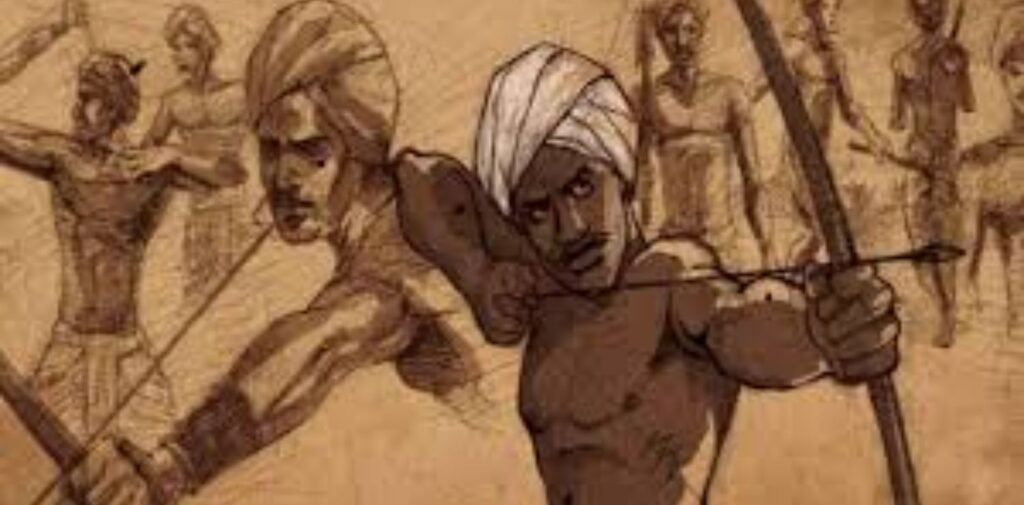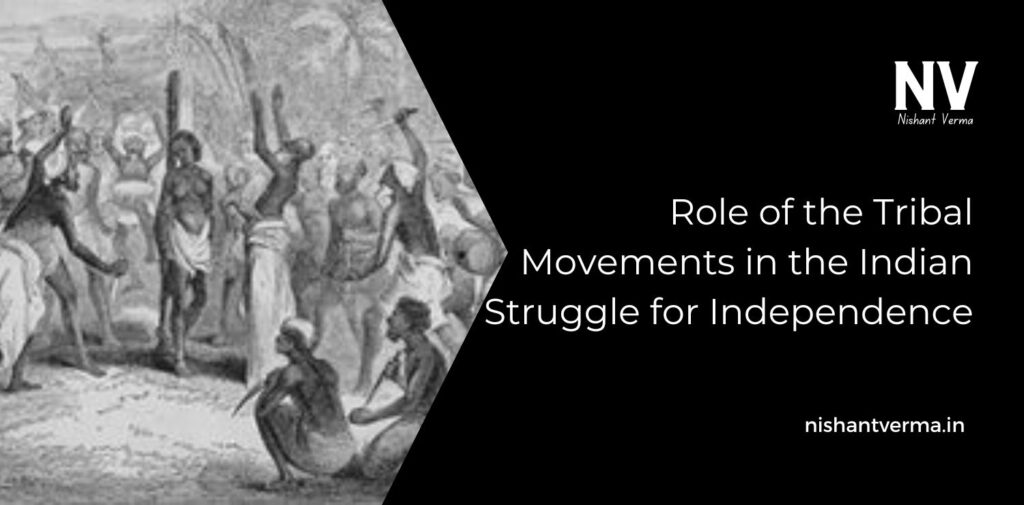The struggle for India’s independence is often remembered for the great leaders like Mahatma Gandhi, Jawaharlal Nehru, and Subhas Chandra Bose. These leaders are famous for leading large protests, organizing non-violent movements, and rallying the people to fight against British rule. However, there is another important part of the independence story that is sometimes forgotten – the tribal movements. Tribes in different parts of India played a significant role in the fight for freedom, often resisting British rule in their own ways.
In this article, we will explore how the tribal movements contributed to India’s struggle for independence. We will look at how tribal communities fought against British rule, their reasons for doing so, and how they helped bring about change.
Who Are the Tribal Communities?
Tribal communities, also known as Adivasis, are the indigenous people of India. These communities have lived in forests, hills, and remote areas for centuries. They have their own customs, languages, and ways of life, and they have often been separated from mainstream society. The British, when they arrived in India, did not always treat these tribal communities with fairness. They took away tribal lands, forced them to pay heavy taxes, and interfered with their traditional ways of living.
As the British Empire grew stronger in India, many tribal communities started to feel the effects of British rule. The British introduced policies that affected the land, forests, and resources that the tribes depended on for survival. This led to widespread anger and frustration, which resulted in tribal uprisings against the British.

The Reasons Behind Tribal Uprisings
There were several reasons why tribal communities decided to fight against British rule.
- Loss of Land and Forests: The British took over large areas of land, which the tribal communities had lived on and worked for generations. They introduced new laws that took away the tribes’ rights over their lands and forests. This made it difficult for the tribes to sustain their traditional way of life.
- Unfair Taxes and Laws: The British government imposed high taxes on the tribal people. These taxes were often very harsh, and the tribes could not afford to pay them. The British also created new rules that forced the tribes to work for them without proper payment.
- Exploitation by Traders and Officials: Many traders, moneylenders, and British officials exploited the tribal people. They would take advantage of their lack of education and knowledge, cheating them out of their resources and money.
As these problems grew, the tribal people began to fight back. They did not always follow the same methods as other parts of the independence movement, but they were determined to resist British rule in their own way.
Important Tribal Movements Against British Rule
There were many tribal uprisings across India, and each one was unique. Here are some of the most famous movements:
The Santhal Rebellion (1855-1856)
One of the earliest and most famous tribal uprisings was the Santhal Rebellion. The Santhal tribes, who lived in the region that is now Jharkhand, Bihar, and West Bengal, were very unhappy with the British rule. The British had taken their land and imposed heavy taxes. The Santhals, led by leaders like Sidhu and Kanhu, rose up in rebellion in 1855. They attacked British officials and their landlords, demanding justice for their people.
Although the rebellion was eventually crushed by the British, it was one of the first large-scale protests against British rule and inspired many other tribes to resist in the future.

The Munda Rebellion (1899-1900)
The Munda community in the Chotanagpur region (now in Jharkhand) also rose against the British in what is called the Munda Rebellion, led by the brave leader, Birsa Munda. Birsa Munda was a tribal leader who believed that the British and their policies were destroying the lives of his people. His main demand was that the tribal people should be allowed to live freely on their land without interference from the British.
Birsa Munda’s movement became very powerful, and he called for the tribes to unite against the British. The British tried to capture him, but he continued to fight until his arrest and death. His sacrifice made him a hero, and even today, Birsa Munda is remembered as a symbol of tribal resistance.
The Bhil Rebellion (1817-1857)
The Bhil tribes, who lived in the western parts of India, also fought against British rule. The Bhils were often mistreated by British officers and their taxes were very high. In the early 1800s, a Bhil leader named Chandra Singh led an uprising against the British. Though the Bhils were not able to win this battle, their courage to fight against a powerful empire inspired other tribes to join the freedom struggle.
The Gond Rebellion (1900)
The Gond tribes, living in central India, were also victims of British exploitation. In 1900, the Gond people rose up against the British officials who had taken away their lands and imposed unfair taxes. The Gond Rebellion, though not as famous as some other uprisings, was part of the broader tribal resistance against British rule.
The Role of Tribal Movements in the National Struggle for Independence
Although tribal movements were often smaller and localized compared to the larger national movements, they were still very important in the fight for independence. These movements brought attention to the exploitation faced by tribal people and highlighted the need for justice and fair treatment. The tribal revolts also showed the British that their rule was not accepted by all Indians, especially those who lived in rural and remote areas.
The tribal leaders, like Birsa Munda and Sidhu and Kanhu, became symbols of resistance. They inspired other parts of Indian society to continue the struggle against British rule. Even though the British eventually suppressed many of these uprisings, the tribal communities never gave up the fight for their rights and freedom.
How the Tribal Movements Influenced the Larger Independence Movement
The tribal movements were not only about fighting for land or rights; they were also about standing up against injustice and foreign control. As the national freedom struggle, led by leaders like Mahatma Gandhi, Jawaharlal Nehru, and Subhas Chandra Bose, gained momentum, the tribal movements became a part of this larger fight. The tribal uprisings showed that people from all parts of India, no matter how small or big, were united in their desire for independence.
The tribal movements also helped to spread the message of non-cooperation and civil disobedience. The ideas of leaders like Gandhi inspired many tribal leaders to adopt peaceful forms of protest, though they still believed in defending their land and rights. The tribal resistance was an important part of the larger struggle for freedom, even though it was often different in nature.

The Legacy of Tribal Movements
The tribal movements against British rule left a lasting impact on India’s independence. Today, we remember the tribal leaders who fought for justice and equality. Their courage and sacrifices helped to create the India we live in today.
Even after independence, tribal people continued to face challenges, but their struggles during the colonial period played a key role in bringing attention to their issues. The spirit of the tribal movements lives on in the ongoing efforts to improve the lives of tribal communities across India.
Conclusion
The tribal movements in India were an essential part of the country’s struggle for independence. Tribes in different parts of India, such as the Santhals, Mundas, Bhils, and Gonds, fought against British rule in their own unique ways. They resisted the loss of their land, the unfair taxes, and the exploitation they faced. Although these movements were often local and sometimes unsuccessful, they played a crucial role in inspiring other parts of India to join the struggle for independence.
The bravery and determination of tribal communities in their fight for justice and freedom remind us that every part of India, no matter how small, contributed to the independence movement. Today, we must remember the sacrifices of the tribal people and continue to work towards a better future for them.




